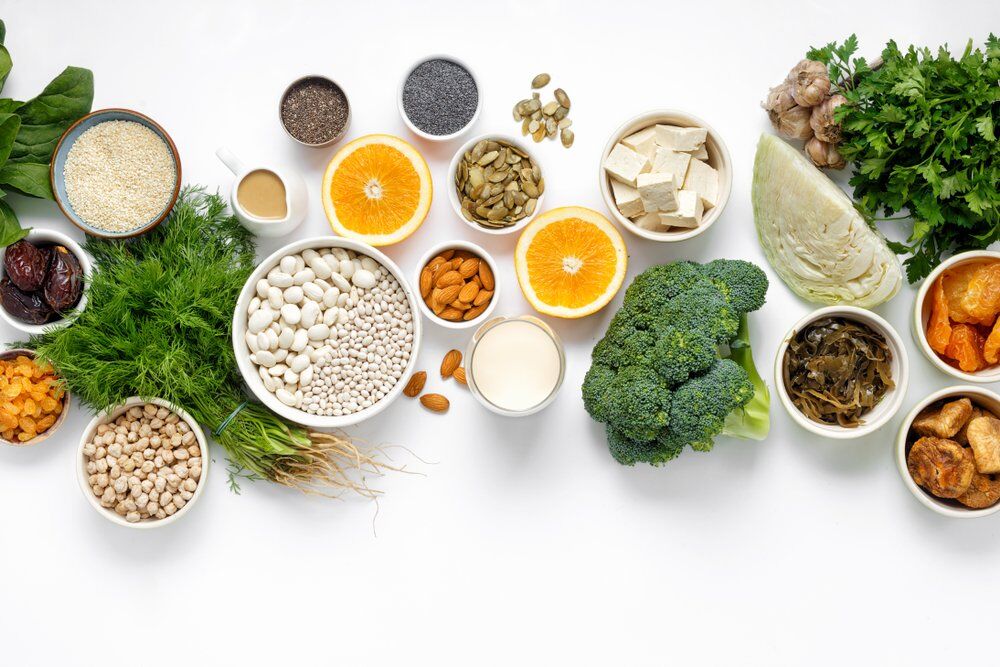
What Are the Best Sources of Vegan Calcium? Our Guide to the Top 10
What Are the Best Sources of Vegan Calcium?
One of the main assumptions people make about following a vegan diet is that it would be impossible to achieve the RDI (recommended daily intake) of calcium without consuming any dairy products. Whilst dairy foods such as milk, cheese and yogurt are the main food sources of calcium, there are in fact many dairy-free sources of calcium that you can include in a vegan diet to easily hit your RDI.
Calcium is a mineral essential for strong teeth, healthy bones and is important for overall good health, playing a key role in heart health, muscle function and nerve signalling. Calcium also makes up a large proportion of our bones and teeth; in fact, we actually have more calcium present in our bodies than any other mineral!
The RDI (recommended daily intake) of calcium is 1,000mg daily for most adults, however anybody aged over 70 and women over 50 are recommended to have a higher intake of 1,200mg per day. Children aged between 4-18 are recommended to have the highest daily intake of 1,300mg. This being said, a high percentage of the population don’t meet their recommended calcium intake through their diets (1).
Here are the top 10 calcium-rich vegan food sources:
1. Soy Products 
A staple in the diet of most herbivores, soy products are not only high in protein and abundant in nutrients; soybeans are also naturally rich in calcium! Edamame beans (immature soybeans) boast the highest calcium content, providing around 27% of the RDI per 175g serving, whereas mature soybeans provide just over 18% for the same size serving. Minimally processed food products such as tofu and tempeh are also rich in calcium and a great source of fibre, vitamins and minerals, so are well worth including in a vegan diet.
2. Fortified Foods and Drinks 
Many food and drink items are now fortified with calcium during the manufacturing process, which makes them an easy way of adding calcium to the diet. Examples of fortified foods include plant-based yogurts, plant milks, some cereals and orange juice. Note that these foods are not always fortified with calcium, so check the label first before purchasing. Flour and cornmeal are also sometimes fortified with calcium, this is why some baked goods such as bread may contain large amounts.
3. Certain Nuts
Nuts are great sources of healthy fats, protein, fibre, vitamins and minerals and rich in antioxidants. They are a great addition to any diet to boost your nutritional intake. Aside from their incredible nutritional benefits, eating nuts regularly can help to lower blood pressure, reduce the risk of developing type 2 diabetes and heart disease and help with healthy weight loss (6).
All nuts contain some calcium, however it’s almonds that reign supreme, providing 10% of the RDI per 35g serving! Coming in second place are brazil nuts, providing around 6% of the RDI for the same quantity. In comparison, other nuts such as walnuts, pistachios, hazelnuts, and macadamia nuts provide between 2–3% of the RDI for the same quantity.
So, while it’s important to include a variety of nuts in your diet as they each have differing health benefits, if increasing calcium is your goal, up your almond and brazil intake! Add a tablespoon of our delicious Almond Butter into your next shake or on your morning oats for a tasty boost of calcium. Chocoholic? Try our Cacao Almond Butter for a calcium and antioxidant rich treat!
4. Beans, Peas and Lentils
Beans, lentils and peas are not only a fantastic source of fibre and rich in protein, they are also a good source of calcium! Some varieties with the highest levels of calcium include cannellini beans, haricot beans, black beans, chickpeas, kidney beans and lentils. Better still, beans, lentils and peas are also rich in other nutrients such as zinc, iron, magnesium, potassium and folate.
5. Seeds
Seeds are another good source of calcium, however the amount they contain is dependent on the variety.
Tahini (a paste made from sesame seeds) contains the most calcium, providing 130 mg per 2 tablespoons (30 ml), which equates to 13% of the RDI. In comparison, the same quantity (20 grams) of sesame seeds only provides 2% of the RDI so if you’re looking to increase your calcium intake, opt for some tasty tahini! Perfect in homemade hummus, as a delicious dressing for salads/veggies or even in sweet treats! Try our delicious Tahini Pea-Protein Truffles recipe for a double hit of plant-based protein and calcium!
Flax and chia seeds also contain a decent amount of calcium, providing around 5–6% of the RDI per 2 tablespoons (20–25 grams).
As with nuts, seeds provide protein, healthy fats, fibre, vitamins and minerals. In addition, they’re also linked to several health benefits, such as reduced blood sugar levels, inflammation, and risk factors for heart disease (2, 3).
6. Seaweed
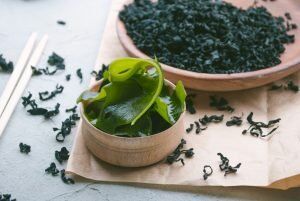
Wakame is a variety typically eaten raw and provides 12% of your daily calcium per 80g. You can find wakame in most Asian supermarkets and it is commonly on the menu in Japanese/sushi restaurants. Another variety of calcium-rich seaweed is kelp which can be eaten raw or dried, providing 14% of your daily calcium intake. Whilst high in many nutrients, seaweed may sometimes contain high levels of heavy metals such as iodine (consuming too much iodine can be harmful) so it’s therefore recommended to avoid eating seaweed in large quantities or too frequently.
7. Certain Grains 
Grains aren’t generally considered a source of calcium. However, there are some varieties that contain significant amounts of this mineral, such as amaranth and teff. These two ancient grains are free from gluten and provide around 12% of the RDI per cooked 250g portion. These grains are also rich in fibre and amaranth can be easily incorporated into your diet as a substitute for rice, pasta or quinoa, whereas teff can be used to make a delicious porridge. You can also make a flour using ground teff and amaranth which can be used to thicken soups and sauces or to add extra fibre and nutrients to baking!
8. Certain Fruit
There are several varieties of fruit that provide good amounts of calcium, along with an added boost of fibre, vitamin C and a wide array of other vitamins and minerals. Fresh figs are considered a good source of calcium, along with raspberries, blackberries, blackcurrants and rhubarb. While commonly hailed for their generous vitamin C content, oranges are also a good source of calcium, providing 5-7% of the RDI per medium orange.
9. Cruciferous Vegetables and Leafy Greens
Certain vegetables, particularly bitter ones such as dark leafy greens and cruciferous vegetables, are great sources of calcium (8). Dark leafy green vegetables such as spinach, kale, bok choy and cabbage are good sources of calcium and contain up to 14% of the RDI per 80g. Other calcium-dense vegetables include okra and turnip greens. Cruciferous vegetables such as broccoli and Brussels sprouts are also good sources and can provide up to 6% of the RDI per 80g.
However, it’s worth noting that vegetables can contain differing levels of antinutrients such as oxalates. These can bind to calcium in the gut, which makes it more difficult for calcium to be absorbed by the body. Some research has shown that the body may only be able to absorb around 5% of the calcium present in some high-oxalate vegetables (5) It’s therefore recommended to opt for low and moderate oxalate vegetables such as broccoli and kale, as opposed to higher-oxalate vegetables such as spinach and chard. You can also reduce oxalate levels by 30-87% if you boil vegetables rather than steaming or baking.
10. Dried Fruit
Dried fruit is another good source of calcium, plus a 30g serving counts as 1 of your 5 A Day! However, as dried fruit is high in sugar, it’s recommended to eat them with/in a meal and not as a snack between meals to reduce the impact on teeth. Try a handful sprinkled over your porridge or cereal for breakfast, or add dried apricots to a vegetable and chickpea tagine for a delicious vegan dinner packed with protein, fibre and a boost of calcium!
The Take Home:
Calcium is a hugely important mineral for the health of our bones, teeth and muscles, along with our circulatory and nervous systems. This being said, many people fail to meet the recommended daily intake of calcium, including vegans.
Many people often consider dairy as the only source of calcium, however this mineral is actually naturally present in a wide array of plant foods as discussed above. Aside from the foods with naturally occurring calcium, there are also many foods fortified with this mineral such as cereals and milk alternatives. It is therefore recommended that you eat a variety of these foods to ensure you are meeting your calcium needs when following a vegan diet.
It’s worth noting that the body needs vitamin D to regulate the amount of calcium in the body. These nutrients help keep bones, teeth and muscles healthy, however vitamin D is another nutrient that can often be lacking by those following plant-based diets (7). Aside from exposure to sunlight, good vegan sources of vitamin D include fortified breakfast cereals, fortified plant milks, fortified fat spreads and vitamin D supplements. Again, check the labels to be sure these foods are fortified before buying.
If you are a fussy eater, have allergies or struggle to eat a lot of food; taking a calcium and vitamin D supplement would be a safe bet to keep hit your daily intakes.
Reference List:
- Balk, Ethan & Adam, Gaelen & Langberg, V. & Earley, A. & Clark, Patricia & Ebeling, Peter & Mithal, Ambrish & Rizzoli, R. & Zerbini, Cristiano & Pierroz, Dominique & Dawson-Hughes, B.. (2017). Global dietary calcium intake among adults: a systematic review. Osteoporosis International. 28. 10.1007/s00198-017-4230-x.
- Haghighian, Mahdieh & Alipoor, Beitullah & Mahdavi, Aida & Sadat, Bina & Asghari Jafarabadi, Mohammad & Moghaddam, Abdolvahab. (2015). Effects of Sesame Seed Supplementation on Inflammatory Factors and Oxidative Stress Biomarkers in Patients with Knee Osteoarthritis.. Acta medica Iranica. 53. 207-213.
- Khalesi, Saman & Irwin, Christopher & Schubert, Matt. (2015). Flaxseed Consumption May Reduce Blood Pressure: A Systematic Review and Meta-Analysis of Controlled Trials. The Journal of nutrition. 145. 10.3945/jn.114.205302.
- MacArtain, Paul & Gill, Christopher & Phd, Mariel & Campbell, Ross & Rowland, Ian. (2008). Nutritional Value of Edible Seaweeds. Nutrition reviews. 65. 535-43. 10.1301/nr.2007.dec.535-543.
- Morrison, Sarah & Savage, Geoffrey. (1999). Oxalate content of foods and its effect on humans. Asia Pacific Journal of Clinical Nutrition. 8. 64-74.
- Polak, Rani & Phillips, Edward & Campbell, Amy. (2015). Legumes: Health Benefits and Culinary Approaches to Increase Intake. Clinical diabetes : a publication of the American Diabetes Association. 33. 198-205. 10.2337/diaclin.33.4.198.
- Ross, A. & Abrams, Steven & Aloia, J. & Brannon, P. & Clinton, Steven & Durazo-Arvizu, Ramón & Gallagher, John & Gallo, Rich & Jones, G. & Kovacs, Christopher S. & Manson, J. & Mayne, Susan & Rosen, C. & Shapses, Sue. (2011). Dietary Reference Intakes (DRIs): Dietary Reference Intakes for Calcium and Vitamin D.
- Tordoff, Michael & Sandell, Mari. (2009). Vegetable Bitterness is Related to Calcium Content. Appetite. 52. 498-504. 10.1016/j.appet.2009.01.002.


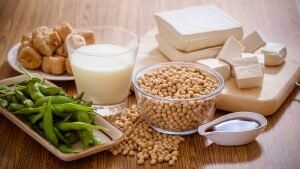
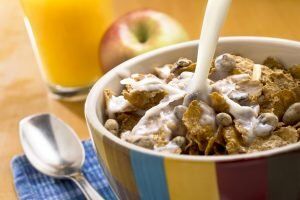
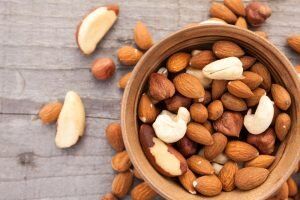
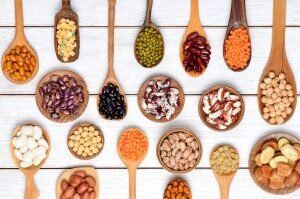
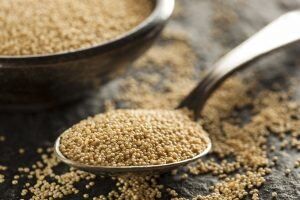
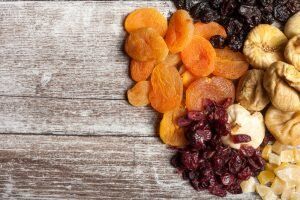
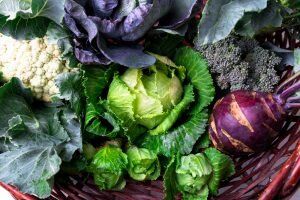
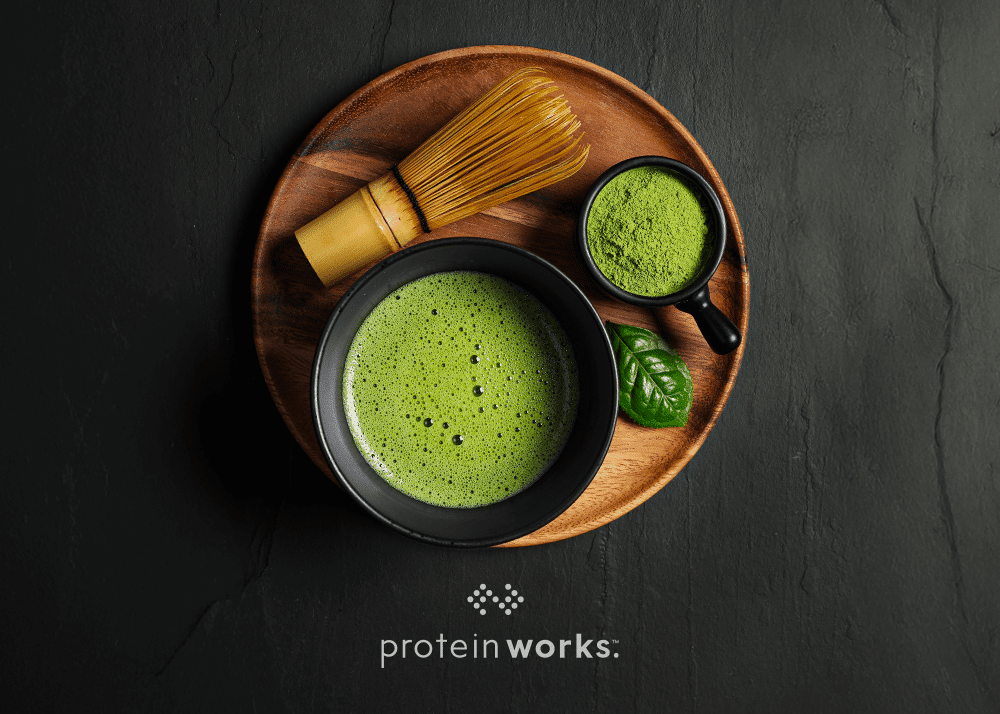
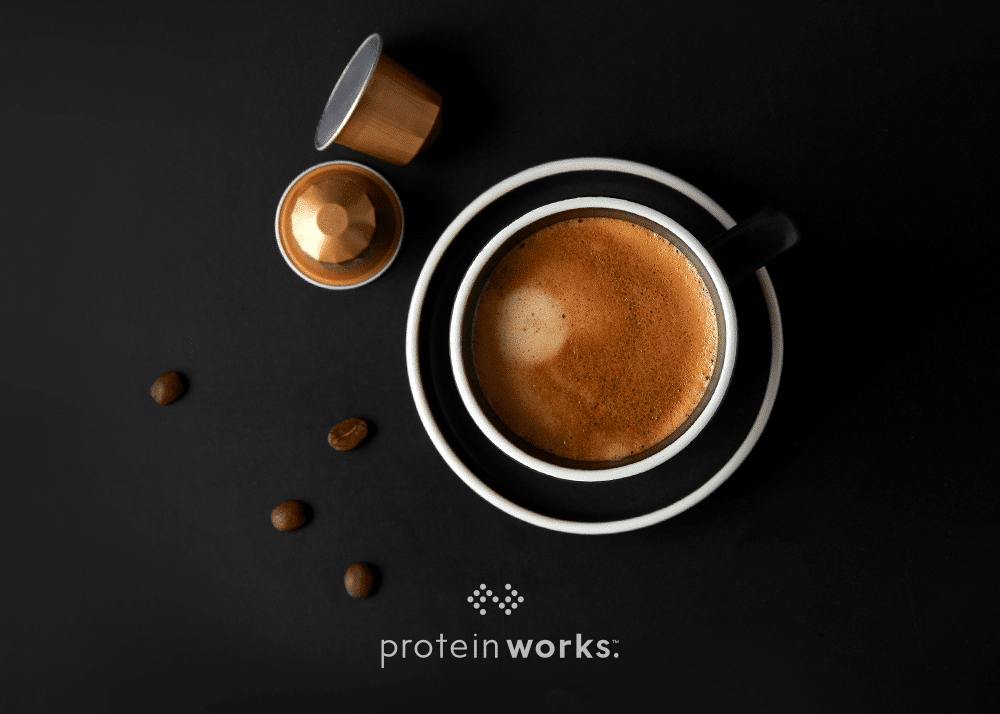

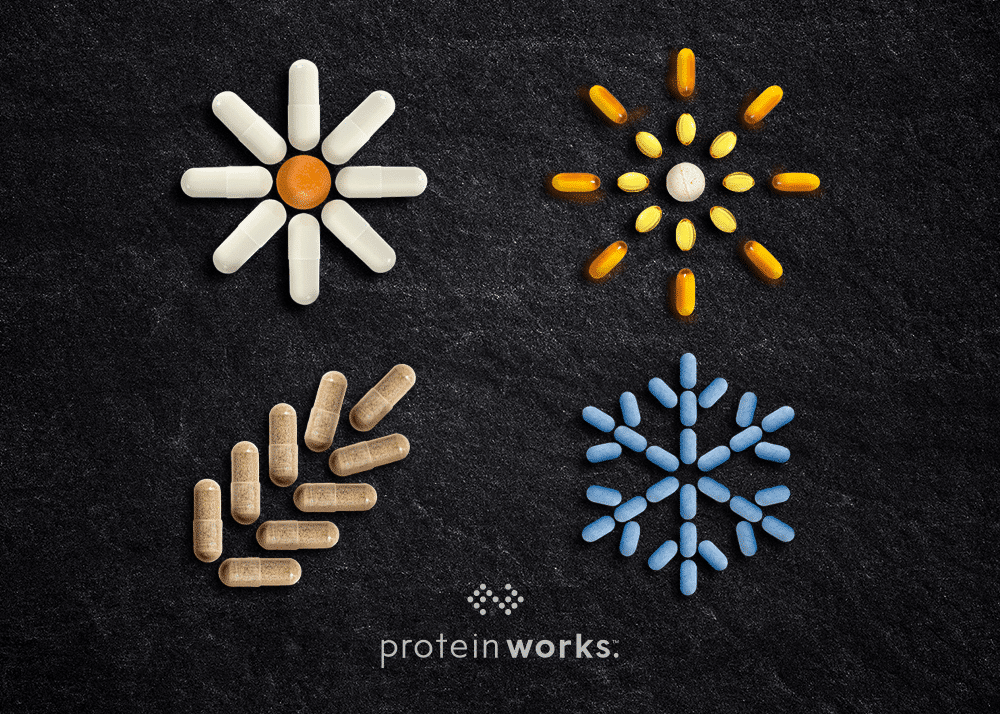
No Comments yet!